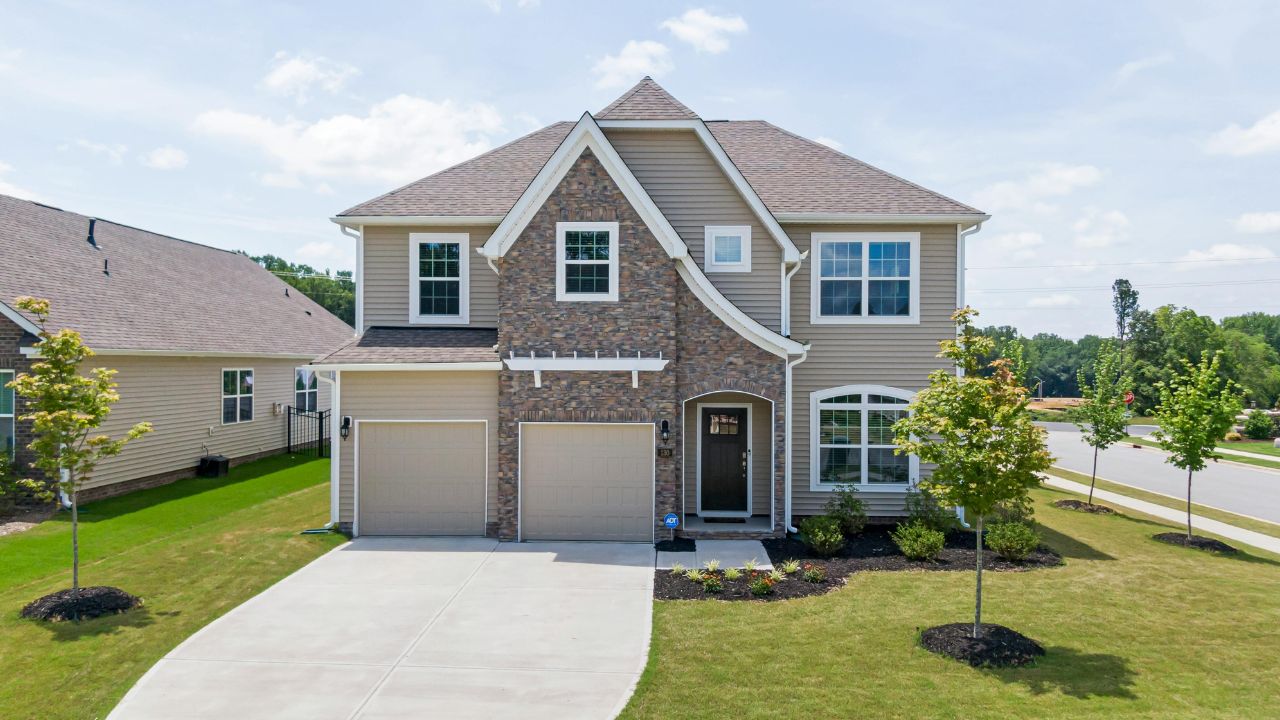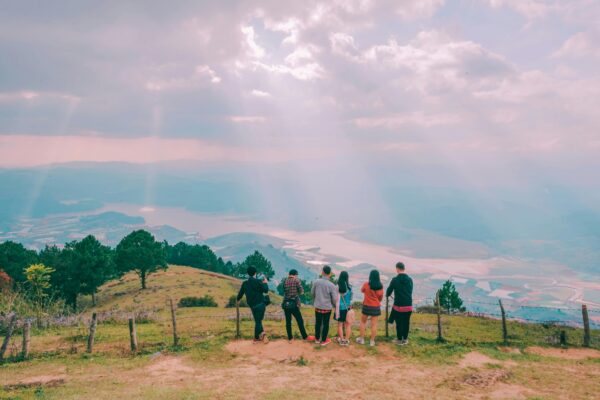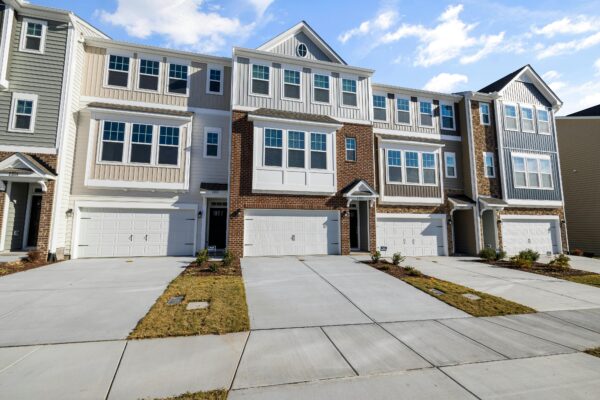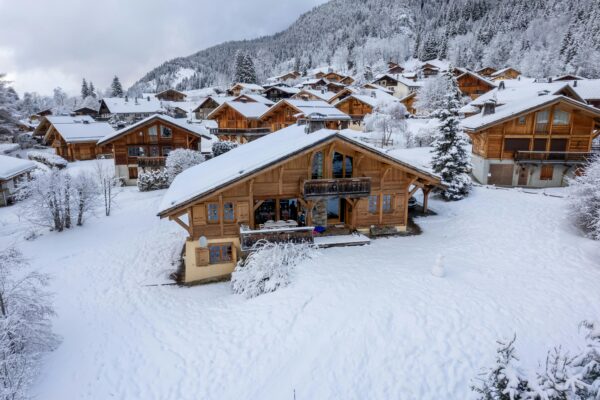So, What Exactly Are Heisei Homes?
Let’s talk about Heisei homes. Chances are, though, that if you have at all ramified through Japanese residential districts constructed over the past couple of decades, you have encountered many of them. They are the houses that appeared everywhere in the Heisei period, 1989-2019. Consider them as the workaday, workhorses of the Japanese housing market. Built during a time of big economic ups and downs, and alongside some cool tech advances, these homes were designed to meet the surge in demand from young families and the growing middle class. They came after the stricter rules of the Showa era, using newer building methods and materials, but often just before the latest super-strict energy-saving rules kicked in. Heisei houses are extremely relevant information if you are considering purchasing, renting, or renovating a dwelling in Japan nowadays. Why? Owing to their number out there! Their advantages and peculiarities impact tons of individuals who reside in them at the moment.
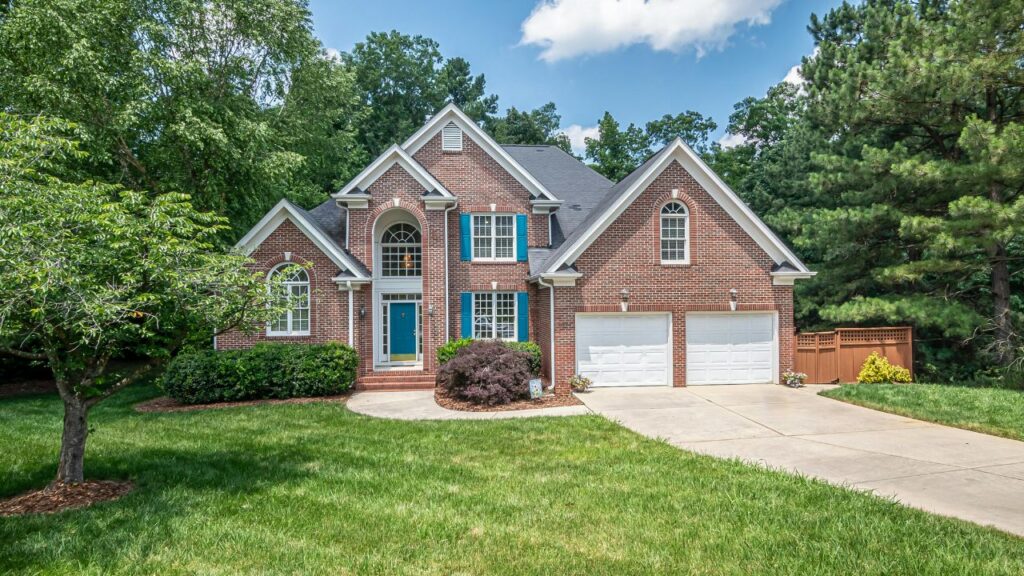
What Was the Big Idea Behind Heisei House Designs?
The main goal for Heisei period houses was pretty simple: make practical, efficient spaces for modern families. Builders and designers moved away from some older, more formal layouts. Instead, they focused on squeezing the most usable space out of often small city plots. You’ll notice that open-plan living/dining/kitchen areas (called LDKs) became super common. This shift reflected how families were living more casually together. Bedrooms were usually smaller but you’d often find more of them, handy for multi-generational living or just giving everyone a bit of privacy. Clever built-in storage – like closets (oshi-ire) and cupboards under stairs – was a big deal to help fight clutter in tight spaces. These houses weren’t always flashy, but they were built to work for the typical nuclear families that became the norm during this busy time in Japan’s history. Function definitely won over fancy looks.
What Are Heisei Homes Actually Made Of?
Knowing the common Heisei home materials helps explain why they feel and perform the way they do. Wood was still king for the main structure, especially for stand-alone houses, often using pre-cut timber frames to speed things up. Concrete foundations and ground floors got much stronger and more common than in earlier times. For the outside walls, lightweight steel frames covered in siding (like resin or metal panels) became popular because they were cheap and easy to put up. Inside, drywall took over for walls and ceilings – it gave a smooth finish but didn’t “breathe” like old-style plaster. Floors were often practical vinyl in busy areas for durability, with laminated wood used in living spaces for a warmer feel. Windows? Mostly single-pane glass in aluminum frames – a spot where they often fell short on keeping heat in or out. These choices were all about balancing cost, speed, and looking modern at the time.
Pros and Cons of Living in a Heisei House
Okay, let’s get real about living in a Heisei home. There are definite upsides and downsides you should know about. The biggest plus? There are loads of them! This means more choices on the market and often a much friendlier price tag compared to a brand-new build. Being relatively modern (compared to much older places), you’re usually not walking into major structural nightmares. The layouts are familiar and functional for Japanese life. And, they usually are in established communities with mature trees, excellent transportation, stores and schools nearby. And now, the not so good aspects: Energy bills. Oh boy. The thin walls and single-pane windows also imply that heating can be really expensive during winter, and aircon 24/7 during summer. Soundproofing? Often not great between rooms or from street noise. And since many are now 20 to 30-plus years old, things start wearing out – think aging pipes, wiring that feels outdated, tired siding, or kitchens/baths that need love. They often lack things we now expect, like proper insulation or easy-access features.
Breathing New Life Upgrading Your Heisei Home
Here’s the good news: Your Heisei dwelling doesn’t have to stay stuck in the past! It is so typical to modernize these houses, it is completely possible, and in most cases, it is a good idea. The solution is renovation, the key to their comfort and value. What is the beginning? Insulation is life-changing. Foam pumped into the walls, the attic filled with it and insulation underneath the floor will cut your energy bills and make the house comfortable in any season. Another enormous improvement, especially in terms of temperature regulation and quietening down the noise, would be to replace those aging rattly windows with new, double or even triple-glazed windows. Updating the kitchen and bathroom isn’t just about looks – it makes life easier and seriously boosts your home’s worth. Many folks also knock down a wall or two to create bigger, more open living areas, or carve out space for a home office – essential these days! And while you’re at it, tackling old plumbing and wiring makes everything safer and more reliable. A thoughtful renovation can make a Heisei house feel absolutely fresh and modern.
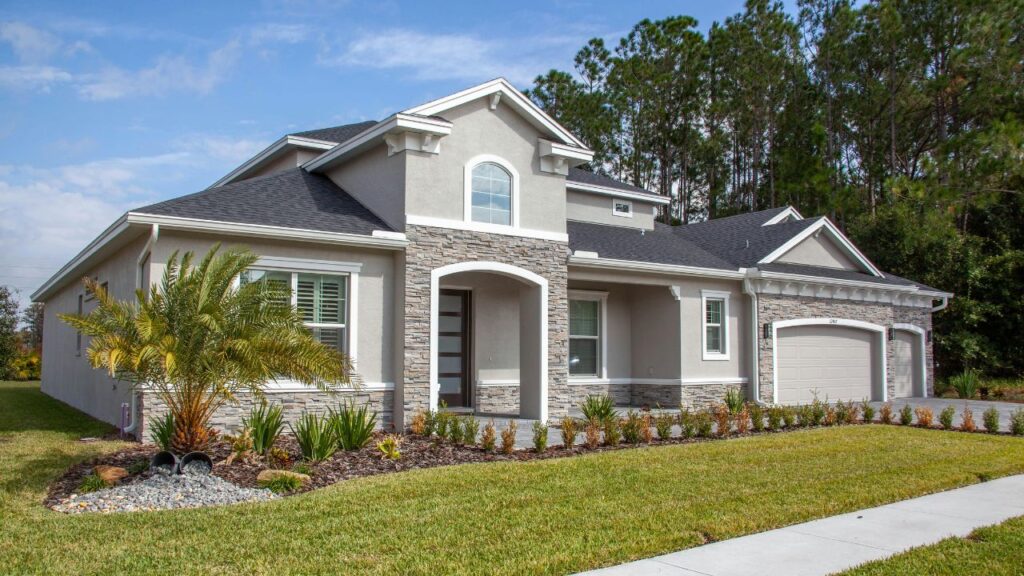
Heisei Homes on the Market Today What to Know
The heisei houses absolutely dominate the resale and rental markets across Japan. This creates some unique opportunities. Price is the biggest draw – they are generally significantly cheaper than new builds. They are therefore an achievable way of becoming a homeowner, particularly for first-time purchasers or cost-conscious individuals. For investors, that lower purchase price can mean solid rental income returns. But, because there are so many, the market is crowded. The competition may be intense in popular places. In not so desirable neighborhoods or on houses that require a lot of work, it may be difficult to sell without lowering the price or renovating before selling. Smart buyers today definitely factor in potential upgrade costs when making an offer. Location is always key, but the actual condition and renovation potential of the Heisei era house itself are huge factors in both its price and how quickly it might sell or rent.
Heisei Homes and the Green Challenge
Let’s face it: Most Heisei dwellings weren’t built with today’s eco-standards in mind. They predate Japan’s strictest energy rules (like the big 2013 update). Their typical uninsulated condition and those energy-wasting windows translate to the fact that they consume lots of energy to heat and cool compared to new locations. This implies larger carbon footprints and larger utility bills to the residents. What can be done about it then? Retrofitting! Insulation, replacement of windows/doors, and installation of efficient heating/cooling systems ( Heat pumps ) are necessary measures that will make these houses more green and economical to operate. It is also fashionable to slap solar panels on the roof and reduce grid power. While they weren’t born green, the sheer number of Heisei homes means upgrading them is actually a massive part of Japan’s overall push for sustainability. It’s about turning existing houses from energy hogs into comfy, efficient homes.
Heisei vs. Brand New What’s the Difference?
Put a typical Heisei home next to a brand-new Reiwa-era build, and you’ll spot some clear differences. New houses benefit from stricter building codes, especially for earthquake safety (though Heisei homes are generally safe, newer ones have even more advanced engineering) and mandatory high levels of insulation and energy efficiency. Modern builds usually have better soundproofing, more contemporary open designs with higher ceilings and bigger windows, and might include smart home tech as standard. But… you pay for it. New construction comes with a hefty price premium. Buying an existing Heisei dwelling, even factoring in renovation costs, is often far less expensive overall than buying new. A well-upgraded Heisei home can get you surprisingly close to the comfort of a new build for less cash. New homes offer total customization from scratch, while Heisei homes give you established communities and mature gardens. The choice often comes down to your budget versus how much you value having the absolute latest standards and getting everything exactly your way.
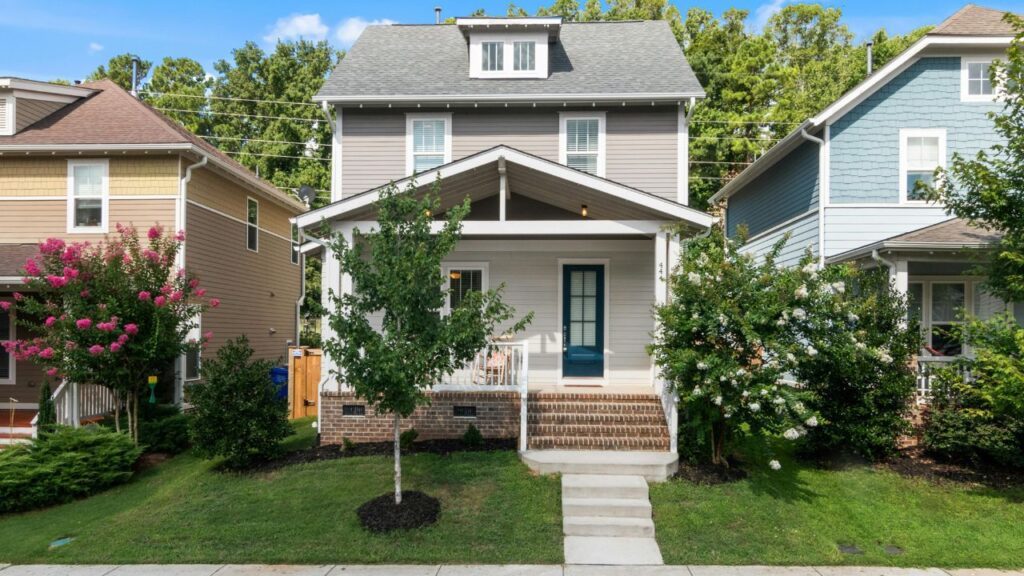
More Than Just Houses The Story Heisei Homes Tell
Heisei homes are more than just places to live; they’re snapshots of a specific time in Japan’s modern story. Built across three decades, they reflect the era’s economic roller coasters, the technology available, and how families were changing. They were there for the tail end of the bubble economy, through the long “Lost Decades,” and saw shifts like fewer kids and more seniors. Their standard designs show the push for mass production and efficiency back then. They may lack the historical interest of the old machiya or farm houses, but the houses of the Heisei era are the setting of the daily life of millions of Japanese families in a period of massive transformation. Retaining a few in good condition or structurally appealing ones, and acknowledging that the majority will be modernized or renovated, will serve to maintain a physical link to this immediately past era that created the way so many of us live now.
🏡 Heisei Homes vs. New Builds
| Feature | Heisei Homes (1989-2019) | New Construction (Reiwa Era / 2019+) |
| Price | ✅ More affordable – Lower purchase price (great for first-time buyers & investors). | ❌ Higher cost – Premium for new materials, tech, and land. |
| Energy Efficiency | ❌ Often poor – Thin walls, single-pane windows = high bills. | ✅ Top-tier – Stricter codes = better insulation, eco-features. |
| Renovation Need | ⚠️ Likely needed – Aging pipes, wiring, or layouts may require updates. | ✅ Move-in ready – Modern features included from day one. |
| Design & Layout | ✅ Functional – Practical LDK layouts, established neighborhoods. | ✅ Customizable – Open plans, higher ceilings, smart-home options. |
| Soundproofing | ❌ Often basic – Noise between rooms/outside can be an issue. | ✅ Improved – Better materials for quieter living. |
| Location | ✅ Mature areas – Established shops, schools, transport links. | ⚠️ Varies – May be in developing areas or pricier urban spots. |
| Eco-Footprint | ❌ Higher initially – Energy-hungry without upgrades. | ✅ Lower – Built to modern green standards. |
| Long-Term Value | ✅ Renovation upside – Smart upgrades boost comfort & value affordably. | ⚠️ Higher depreciation – New builds lose value faster initially. |
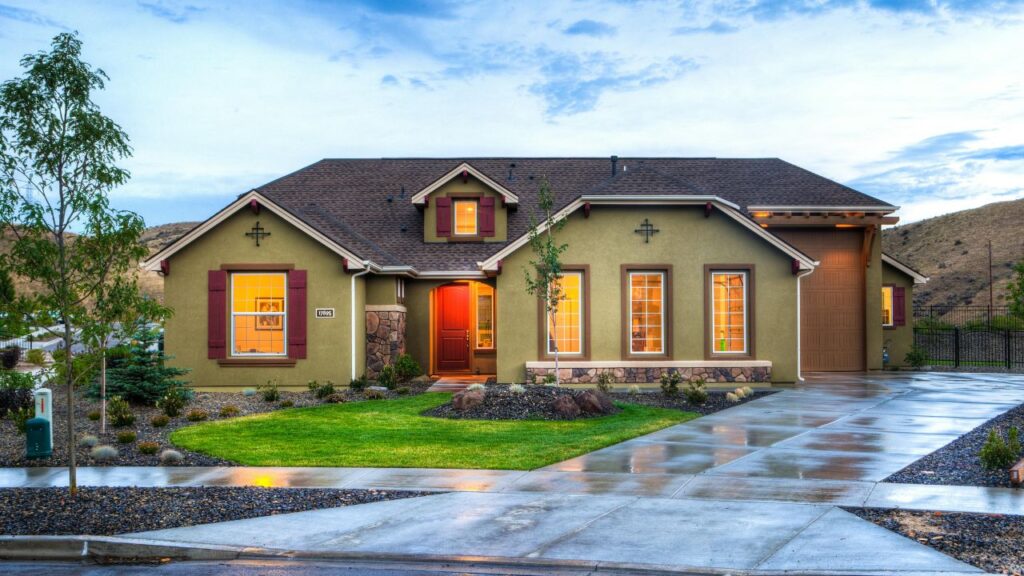
What’s Next for Heisei Homes?
The story of Heisei houses isn’t ending anytime soon. There are just too many of them, and with Japan’s property market realities, they’ll be a major part of the housing scene for years to come. The future is all about smart upgrades and making them work for today. Expect to see a booming industry focused specifically on retrofitting these properties – boosting energy efficiency, adding accessibility features (super important as society ages), and modernizing layouts. Sure, some will be torn down, especially on pricey land or if they’re structurally unsound, but for many, renovating is a much more affordable path than building new. A thoughtfully upgraded Heisei dwelling offers a really compelling option: a comfortable, sustainable, and genuinely affordable home without the brand-new price tag. Their lasting legacy will depend on how well we adapt them to meet our 21st-century needs – making sure they stay great places to live for years ahead.
FAQs
1. What exactly is a “Heisei home”?
It is a home in Japan of the Heisei period (1989-2019). They are very prevalent, have handy layouts (open LDK spaces) but tend to be lacking in the modern insulation and energy efficiency department.
2. What’s the BIGGEST downside of living in a Heisei house?
Brace for energy bills! They have thin walls and single pane windows that make it costly to heat during the winter and cool during summer. Improving insulation and windows are frequently the most popular renovation project.
3. Can you actually make an old Heisei home comfortable?
Absolutely! The renovation is crucial. They can be turned into efficient, comfortable, modern houses with insulation, new windows, new kitchens/baths, updated plumbing/wiring, etc., and it is frequently possible to do all of this at a lower cost than purchasing new construction.
4. Are Heisei homes cheaper than new builds?
Yes, significantly! The cheaper price attracts them as a first step into homeownership or a sure footing into investor groups that want rental income. Simply include a possible cost of renovation into the budget.
5. Are Heisei houses bad for the environment?
As originally built, yes – they use a lot of energy. However that is why it is so important to retrofit them (insulation, efficient windows/heaters, solar panels). Retrofitting these ordinary houses constitutes a big component in the sustainability exercise in Japan.
